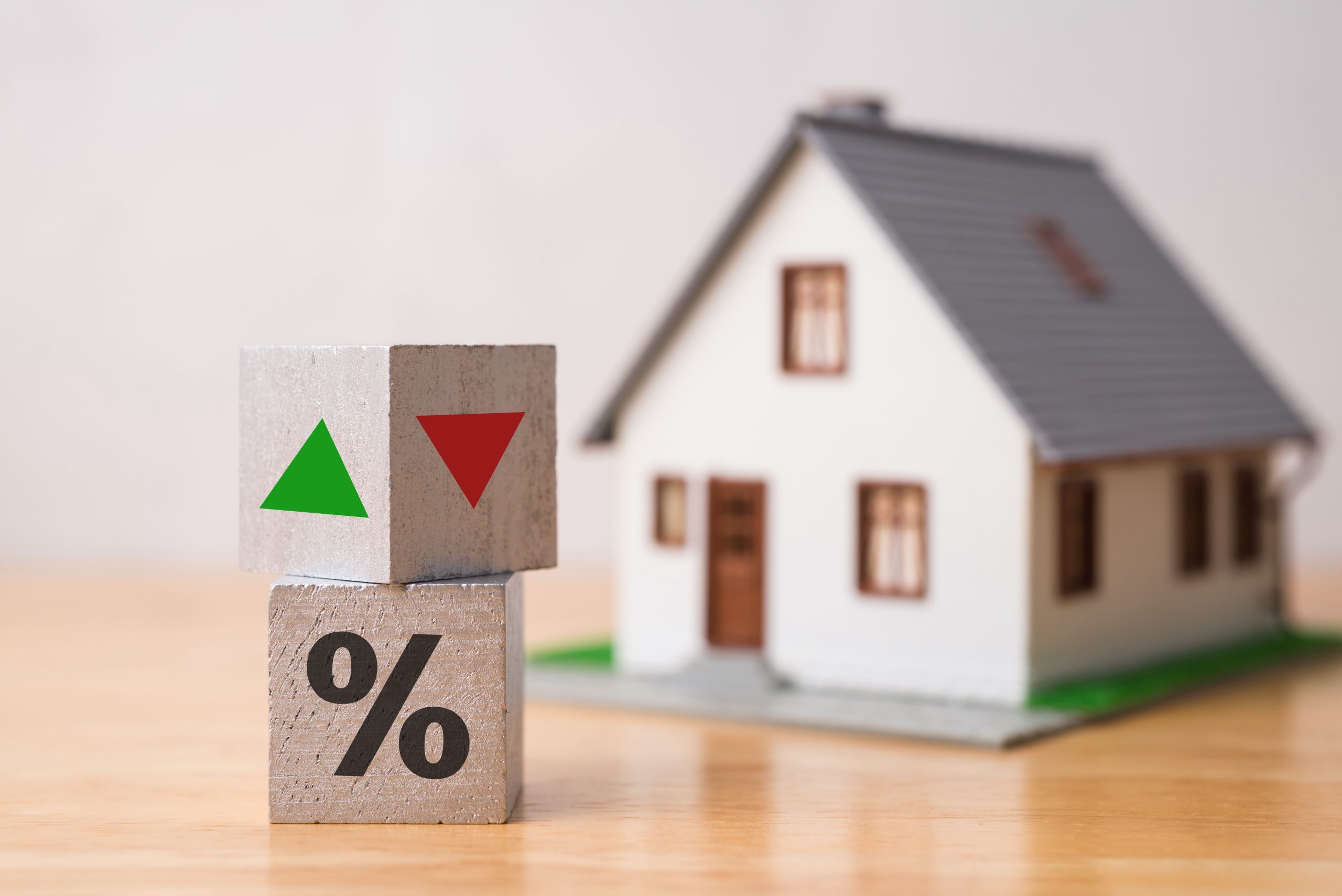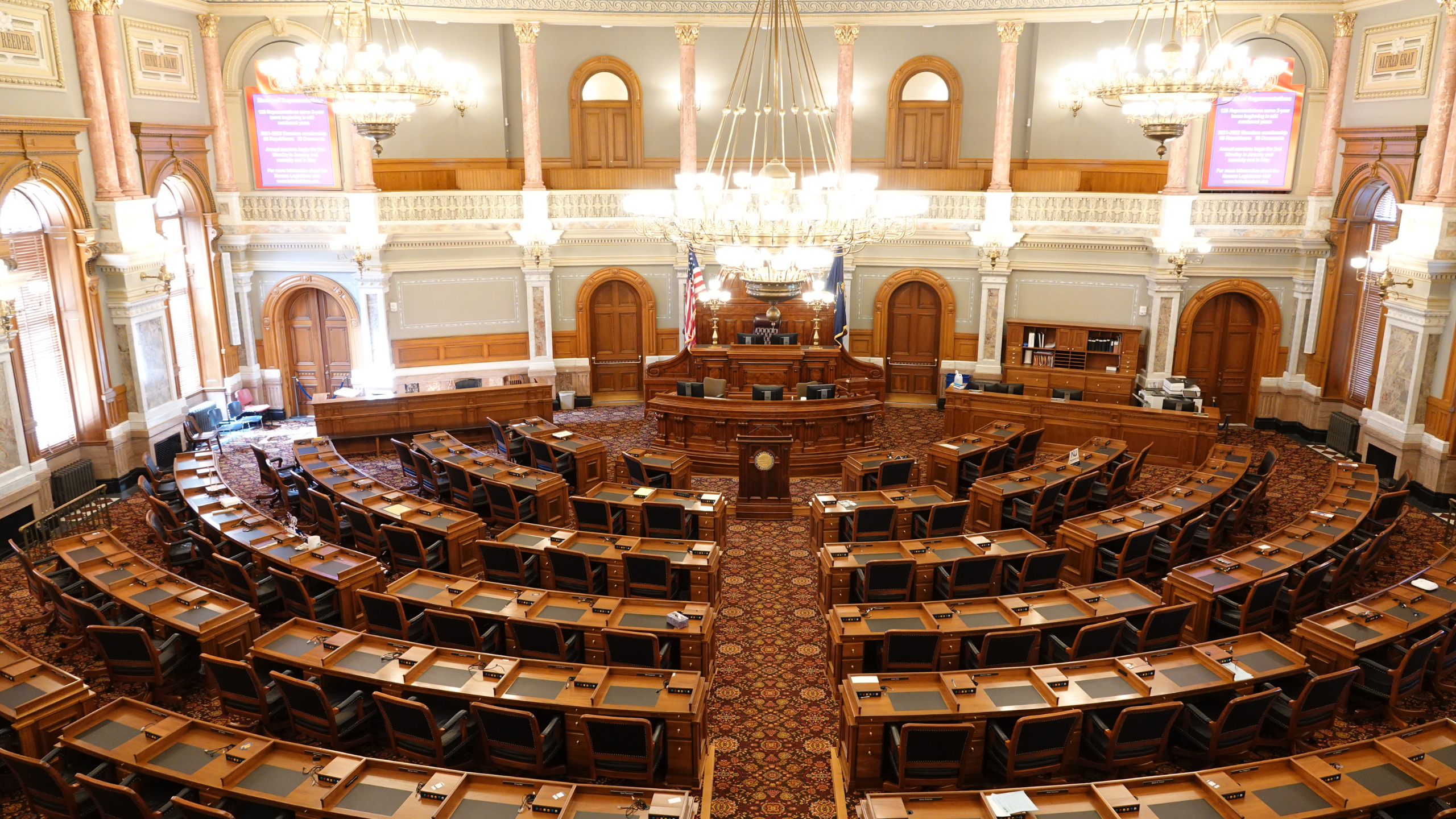Featured Articles
Information and insights around the issues that
are impacting your tax strategies and bottom line.
FAQs
Find Answers to Frequently Asked Questions
About CSSI’s Products and Services
What documentation is needed to claim R&D tax credits?
You should maintain contemporaneous documentation of your research activities, including project records, payroll records, general ledgers, and any other documents that support your qualified research expenses.
The credit is generally calculated as a percentage of qualified research expenses over a base amount, which is determined by your company’s historical research activities.
Yes, qualifying startups can use the credit to offset up to $250,000 in payroll taxes annually for up to five years.
You can typically claim R&D tax credits for the current tax year plus the previous three tax years.
What expenses can be included in RD tax credit calculations?
Qualified research expenses typically include:
- Wages for employees conducting research
- Supplies used in the research process
- Contract research expenses (65% of payments to contractors)
- Rental or lease costs of computers used in research activities
What activities qualify for R&D tax credits?
Qualifying activities must meet a four-part test:
- Be technological in nature
- Involve the elimination of uncertainty
- Involve a process of experimentation
- Have a qualified purpose (to create new or improved business components)
What industries typically qualify for RD tax credits?
While many industries can qualify, common ones include manufacturing, software development, engineering, aerospace, pharmaceuticals, food science, and agriculture.
What are R&D tax credits?
R&D tax credits are dollar-for-dollar reductions in tax liability for companies that conduct qualifying research activities. They’re designed to incentivize innovation and technological advancement.
Is special training required to use Green Zip Tape?
While Green Zip Tape is designed for ease of use, CSSI can provide guidance on effective usage and performance expectations for your specific application.
How long does green zip tape take to fully adhere?
Green Zip Tape provides immediate bonding and sealing upon application. However, full curing times may vary depending on the specific conditions and materials involved.
Is green zip tape suitable for both indoor and outdoor use?
Yes, Green Zip Tape is designed for both indoor and outdoor applications, offering versatility across various construction and renovation projects.
How does Green Zip Tape compare to traditional tapes?
Green Zip Tape offers superior performance compared to traditional tapes, with added benefits like reduced environmental impact and improved durability, which can lead to cost savings and enhanced project outcomes.
In what applications can Green Zip Tape be used?
Green Zip Tape can be used in various construction and renovation projects, including insulation, sealing applications in both residential and commercial buildings, and high-performance applications where durability and environmental impact are crucial.
How does Green Zip Tape contribute to LEED credits?
Green Zip Tape can contribute significantly to LEED (Leadership in Energy and Environmental Design) certification for building projects. Specifically:
- Green Zip Tape can help earn up to 4 direct LEED credits and 7 indirect LEED credits.
- It supports LEED credits in the Materials Reuse category by allowing for the non-destructive removal and reuse of drywall.
- The product aids in achieving credits related to construction waste management by reducing demolition waste.
- Green Zip Tape can contribute to indoor environmental quality credits by mitigating dust and noise during renovations or changes.
- Its use aligns with LEED objectives for innovative design and construction practices.
What are the main benefits of using Green Zip Tape?
Key benefits include:
- Strong, durable adhesion
- Environmentally friendly materials
- Resistance to moisture and temperature changes
- Potential cost savings through improved efficiency and durability
How does Green Zip Tape work?
Green Zip Tape utilizes advanced adhesive technology and sustainable materials to provide strong, reliable adhesion. It’s designed to adhere well to a variety of surfaces while being resistant to environmental factors such as moisture and temperature fluctuations.
What is Green Zip Tape?
Green Zip Tape is a specialized adhesive tape designed for environmentally friendly and high-performance applications in construction. It combines advanced material technology with sustainable practices for sealing, bonding, and insulation needs.
Can a cost segregation study be done on buildings not yet constructed?
While a full study can’t be done on unconstructed buildings, CSSI can provide estimates on tax savings from your construction budgets. A full study will be delivered when construction is complete.
Will a cost segregation study trigger an audit?
No, a properly conducted cost segregation study has never triggered an audit. In fact, if you are audited for any reason and the study comes into question, CSSI will defend the audit at no cost.
How much can I save with a cost segregation study?
Savings vary, but within the first five years of building ownership, owners could save up to $100,000 for every $1 million in building costs.
What information is needed to complete a cost segregation study?
Generally, we request:
- A current tax depreciation schedule
- Building cost information
- Blueprints or architectural drawings and renovation plans, if applicable
- Access to the property for an on-site inspection and walk-through
How long does a cost segregation study take?
A cost segregation study typically takes approximately three to six weeks from the time we receive all the appropriate documentation.
When should a cost segregation study be done?
A study can be completed in the year the building or improvements are placed in service. However, it can also be done on properties acquired or constructed since 1986 without amending prior years’ tax returns.
Does my property qualify for a cost segregation study?
Your property likely qualifies if:
- It’s a commercial building or building improvements with a remaining depreciable basis
- The building or improvement cost basis is at least $200,000
- You anticipate holding the property for at least three years
What real estate components can typically be accelerated through a cost segregation study?
A cost segregation study can typically accelerate depreciation on many building components, including:
- Electrical installations (e.g., dedicated computer power, special lighting)
- Plumbing systems (e.g., kitchen plumbing, bathroom fixtures)
- HVAC components
- Flooring (e.g., carpet, vinyl, tile)
- Window treatments
- Cabinetry and countertops
- Decorative finishes and millwork
- Security systems
- Fire protection systems
- Parking lot paving and lighting
- Landscaping and site improvements
- Certain building exterior components
What is a cost segregation study?
A cost segregation study is an engineering-based analysis that reclassifies commercial real estate components and improvements between real and personal property. This reclassification accelerates the depreciable lives from 27.5- or 39-years to 5-, 7-, or 15-years.
What is the benefit of a cost segregation study?
A Cost Segregation study reduces a building owner’s income taxes up to $100,000 for every $1 mill in building costs. The tax savings are anywhere from 3-10% of the building cost.
How long has the 179d deduction been available?
The 179D deduction was first enacted in 2005 and has been extended and modified several times. It was made permanent in 2020 and expanded in 2022 under the Inflation Reduction Act.
What documentation is needed to claim the 179D deduction?
You’ll need certification from a qualified individual (like a licensed engineer or contractor) that the required energy savings have been achieved. This typically involves energy modeling software to demonstrate the energy cost reductions.
Can the 179d deduction be claimed for retrofits or renovations?
Yes, the deduction can be claimed for both new construction and renovations of existing buildings.
Who can claim the 179d deduction?
The deduction can be claimed by building owners, tenants, or designers of government-owned buildings.
The deduction can be up to $5.81 per square foot for buildings that achieve a 50% reduction in energy costs compared to a reference building. Partial deductions of $0.60 per square foot are available for each qualifying system.
The deduction applies to three types of systems:
- Interior lighting
- Building envelope (roof, walls, windows, doors)
- Heating, cooling, ventilation, and hot water systems
Qualifying buildings include commercial buildings and multi-family residential buildings four stories or higher. This includes offices, retail spaces, industrial buildings, warehouses, and apartment complexes.
The 179D tax deduction is an incentive for designing energy-efficient commercial buildings. Building owners can claim a tax deduction for installing qualifying energy-efficient systems.




